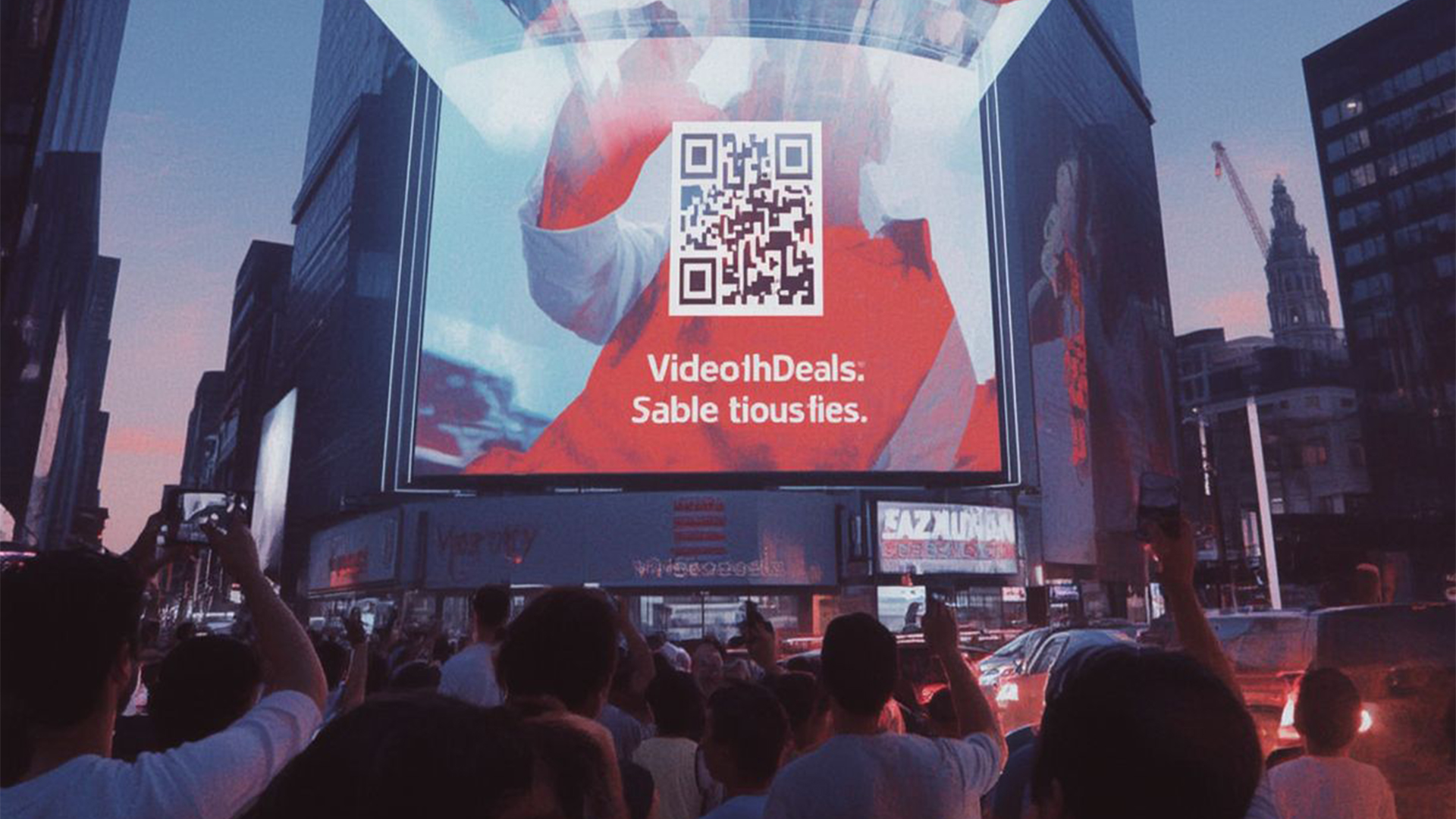Chances are, if you are not a publicly listed multinational company, or Fortune 500, exploring Digital Out-of-Home (DOOH) advertising, one of your first questions is probably: “How much does it cost?”
The short answer: It depends — but it’s far more flexible and affordable than most people think.
Let’s break it down so you can decide whether it fits your budget and goals.
1. Pricing Is Usually Time-Based, Not Fixed Per Day
Unlike traditional static billboards that are booked for weeks or months at a time, DOOH pricing is based on how often your ad appears and for how long.
You can book:
- Short campaigns (e.g. 1–2 weeks)
- Specific time slots (e.g. rush hour, lunch hour)
- Rotational playtime (e.g. 15 seconds every 2.5 minutes)
This flexibility means you’re only paying for the exposure you want.
2. Screen Type and Location Affect Cost
High-traffic areas like EDSA, C5, and Commonwealth roads or super busy malls like: Trinoma, SM Megamall or Glorietta) will generally cost more than neighborhood retail or transit locations. But there are always budget-friendly alternatives.
Examples of screen environments:
- Roadside LED Panels: Larger visibility, good for high-traffic messaging
- Retail/Mall Screens: Great for product promos and weekend campaigns
- Office/Residential Lift Lobbies: Larger visibility, good for high-traffic messaging
- Transit Hubs: High footfall, perfect for brand awareness
You can start with a low investment of $999 just to see how gorgeous your brand appears alongside other advertisers.
3. No high Production Costs
Traditionally, print media has been inaccessible to a majority of advertisers due to the high one-off costs. Printing ads cost anywhere from hundreds to thousands of dollars and cannot be repurposed. Printing mistakes in itself costs industries hundreds of millions of dollars every year. With DOOH, advertisers have the option to revise the content during the airing period, refine it to match audience reaction, and even opt for dynamic creatives to contextualise their products according to time of day, month, audience blocks.
- More efficient use of your budget
- Easier entry point for SMEs
The format is designed and intended to not just leverage mass communication, but also deliver custom messages as and when required.
4. Packages Help Simplify the Process
On platforms like VideOOH.Deals, pricing is already packaged and transparent. No more back-and-forth with media owners or confusing rate cards.
You can:
- See upfront pricing
- Compare locations and durations (your start and end dates)
- Choose the campaign that fits your objective
This is especially helpful for SMEs that need clarity and speed.
5. Consider Production Costs Too (But Keep It Simple)
You’ll need to provide a visual (usually a simple JPEG or MP4) for the screen.
Many SMEs:
- Repurpose social media visuals
- Use Canva or a designer to format to the right screen specs
- Keep messaging short and direct (which actually performs better on DOOH)
If you need help, we’re more than happy to assist or recommend resources.
Final Thoughts: Affordability With Impact
DOOH is no longer just for the big spenders. With modular pricing, easy packaging, and growing screen networks, it’s one of the most SME-friendly advertising tools out there.
If your business has:
- A launch to announce
- A seasonal sale
- A brand story to tell
You can now run impactful ads on real-world screens without blowing your budget.Browse options on VideOOH.Deals — and see what works for your market and spend.



